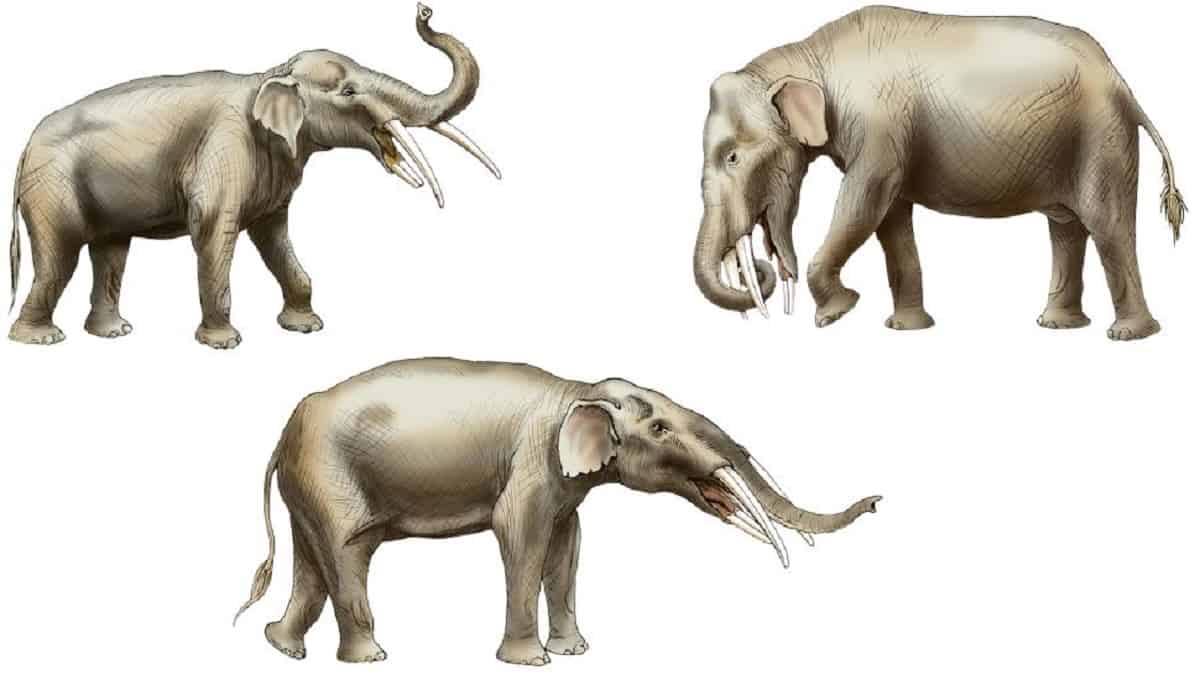An ancient ‘elephant graveyard’ filled with huge bones has been discovered along what was a former river in North Florida, USA.
Fossils of these long-extinct animals belong to gomphotheres—a relative of modern elephants—and date to about 5.5 million years ago, during the Miocene epoch.
Read more:
“It was really exciting because it gave us the opportunity to not only see what it was [gonfotério] Jonathan Bloch, Curator of Vertebrate Paleontology at the Florida Museum of Natural History, who co-led the excavation, said:
“It’s exciting from a scientific point of view if you’re trying to understand the anatomy of these animals and something about their biology and evolution.”
- Researchers discover a treasure trove of gomphothere bones at the site, an extensive excavation area near Gainesville known as the Montbrook Site, in 2022;
- Although diggers had unearthed some gomphothere bones there before, the team was surprised when a volunteer stumbled upon the remains of a particularly large individual.
I started finding the toe and ankle bones one by one. As I continued digging, they turned out to be the ulna and radius [ossos longos do braço] It began to be discovered.
Dean Warner, a retired chemistry teacher and volunteer at Moonbrook, in a statement
- In the end, the team dug up the entire skeletons of an adult and at least seven baby squirrels.
- An adult is 2.4 meters long at the withers, scientists estimate, while its skull and tusks measure more than 2.7 meters long;
- This is the same size as the modern African elephant (african luxodonta), an impressive size that sets a local record for the largest gomphothere.
Not only were the bones much larger than any other individual we had seen, but they were actually where they were, as if the animal had just laid down and died.
Jonathan Bloch, Curator of Vertebrate Paleontology at the Florida Museum of Natural History
Cemetery composition
It is likely that animals died out hundreds of years apart, and not all at once. The researchers believe that the adult animal drowned at this location, while the other animals may have been dragged by water after their death and piled up in a bend in the river.
Differences between species
Species in the gomphotheres family are usually distinguished by prey shape and body size. The tusks of ancient Moonbrook monsters have a unique strip of enamel, which means that this species is part of the genus Rhynchotheriumthe researchers said.
Millions of years ago, close relatives of elephants thrived in the open savannas across Africa, Eurasia, and the Americas.
Gradually, however, grasslands began to replace savannas in these regions due to cooler temperatures starting around 14 million years ago – and competition for limited resources after the arrival of mammoths and elephants eventually drove their extinction around 1.6 million years ago.
The new discovery will help researchers better understand the lives of these ancient organisms and the environments they lived in, according to the researchers.
Ultimately, the audience will be able to see the largest specimen on display; Bloch and his team plan to collect adult gomphothere fossils and place them alongside the massive mammoth and mastodon skeletons currently in the Florida Museum of Natural History.
“There’s a lot we can learn from these things, and we’re excited to do that in the future,” Bloch said.
with information from Science lives
Have you seen the new videos on Youtube digital outlook? Subscribe in the channel!

“Coffee trailblazer. Social media ninja. Unapologetic web guru. Friendly music fan. Alcohol fanatic.”

